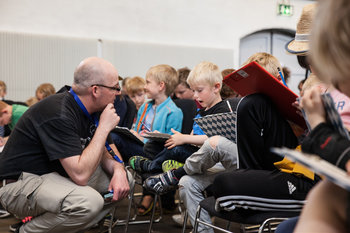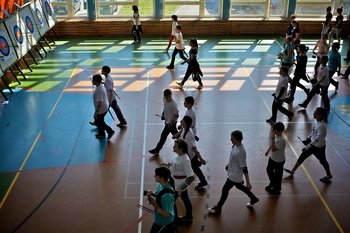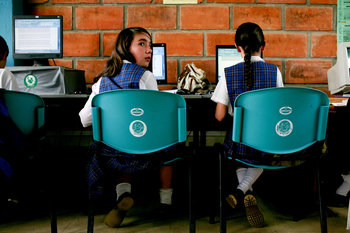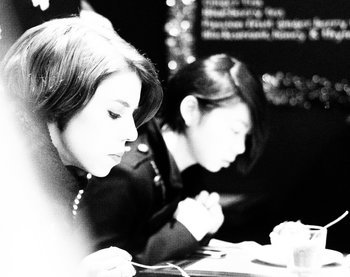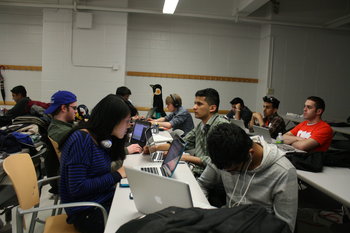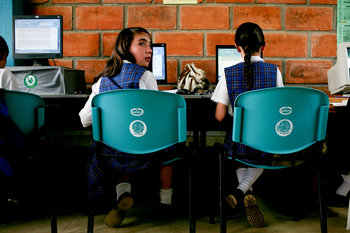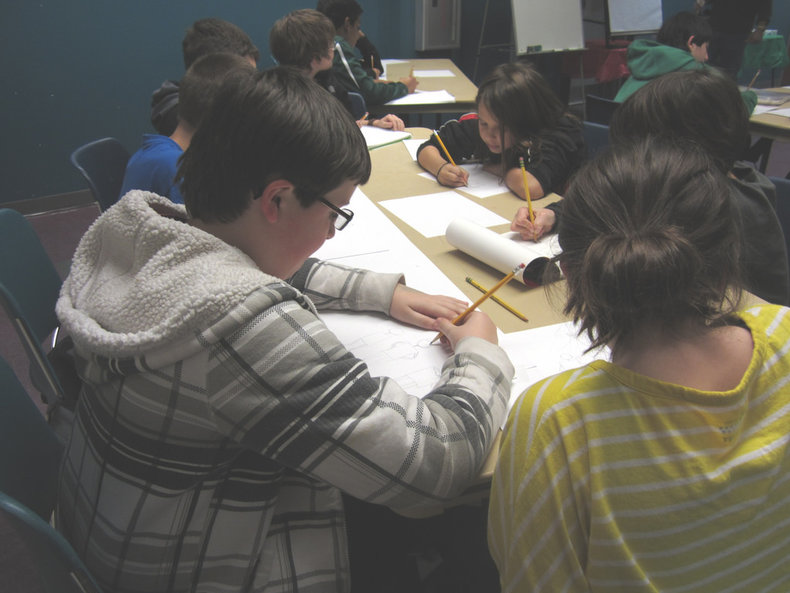
| Overview: Ability Grouping | ||
Area | K-12 Education | |
Type | Education StructureClassroom Management | |
Definition | The practice of separating students into different programs or lessons according to tested, observed or self-ascribed ability. | |
Also Known As | Tracking | |
Alternatives | Mixed ability grouping whereby students are separated by age as opposed to ability.Mastery learning whereby each student progresses at their own pace such that they master each lesson before moving on to more advanced lessons. |
Grouping Method | Standardized testingObserved ability (teacher evaluation)Student choice such as a high school that allows students to take subjects at the advanced, intermediate or basic level. |
Variants | Within-class Grouping Different lessons or activities within the same classroom based on ability or progress.Between-class GroupingSeparating students into different classes, programs or tracks. |
Flavors | Pigeonholing A static system of pigeonholing students such that they have little chance of switching once they have been labeled.Catch up Lower groups have the goal to catch up to the more advanced group with tailored lessons and attention.Sidelining Ability grouping may be used to sideline students who are disruptive or behind such that they are given busy work that keeps them out of the way of students who are perceived as talented and cooperative.Flexibility A system of choice whereby students can freely attempt more advanced levels with support to bring them up to speed. |
Levels | Advanced, Intermediate, BasicGrouping students into two or three levels of difficulty. Levels are often given abstracted names such as blue and red.ImmersionLanguage immersion programs whereby the advanced level is taught completely in the second language with the use of native language prohibited in the classroom. Vocational & CollegiateAt the high school level, programs and classes may be geared towards either preparation for college or entry into the workforce. |
Pros | The advantages of ability grouping depend on the nuances of how it is implemented but potentially include:Allowing unusually talented or dedicated students to pursue advanced lessons without waiting for everyone to catch up.Allowing students to focus on advanced work in the subjects that interest them most. Tailoring lessons to student's level so that they don't feel overwhelmed. |
Cons | The disadvantages of ability grouping depend on the nuances of how it is implemented but potentially include:Applying negative labels to students that discourage them or result in negative social stigma.Pigeonholing students from a young age based on early performance without regard the the potential of the individual.Creating an overly competitive environment. For example, a system that has 6 year olds cramming for standardized tests to avoid being forever labeled.Encouraging bullying by effectively labeling students as smart and not as smart.Sidelining or giving up on students that may have disadvantages in life. |







